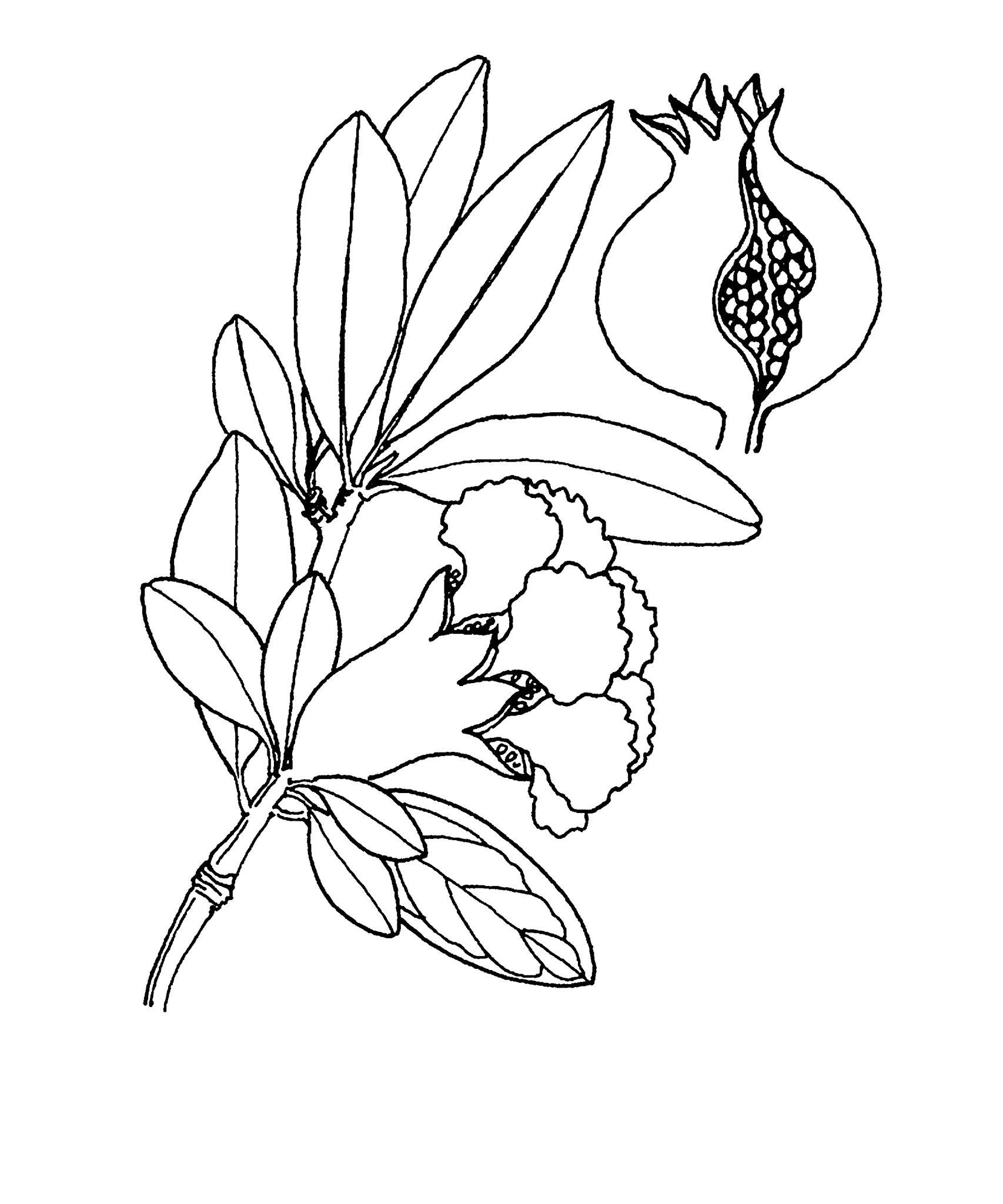
Shrub or small tree. Leaves opposite, oblong, 2.5-7.5 cm long, to 2.5 cm wide with short stalks; a nectary at the tip of the leaves exuding sugar. Flowers mostly in 2s, red, to 4 cm wide with 5 or more crumpled petals. Fruit to the size of a grapefruit, containing numerous seeds embedded in a reddish jelly-like edible pulp; Feb-June.
Plants are most prolific in hot, dry climates but will produce fruit in Australia in all but the coldest areas.
Persia, Afghanistan.
Rind yellow to orange-red with a persistent calyx.
Grown since antiquity as an edible fruit. A dye is obtained from the fruit and the rind is used for tanning leather. Now cultivated in tropical and subtropical regions for the edible fruit pulp around the seed which can be fermented to make the cordial grenadine. The bark and flowers are used medicinally.
Source: (2002). Punicaceae. In: . Horticultural Flora of South-eastern Australia. Volume 3. Flowering plants. Dicotyledons. Part 2. The identification of garden and cultivated plants. University of New South Wales Press.

Flowers double, red. Probably an alternative name for 'Plena'.
Dwarf Pomegranate. Smaller than the type in its habit, flowers, fruits and leaves. In cultivation for several centuries; it occurs in both single and double variants, the latter sometimes referred to 'Nana Plena' and not bearing fruit. Syn. var. nana (l.) Pers.
Flowers double, showy.